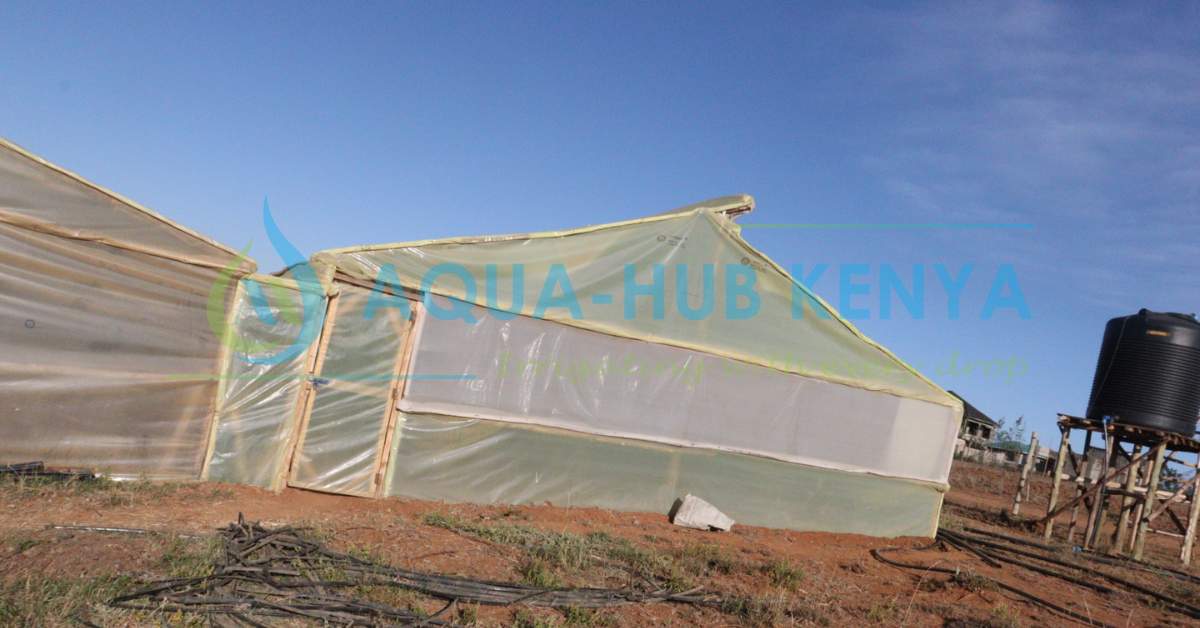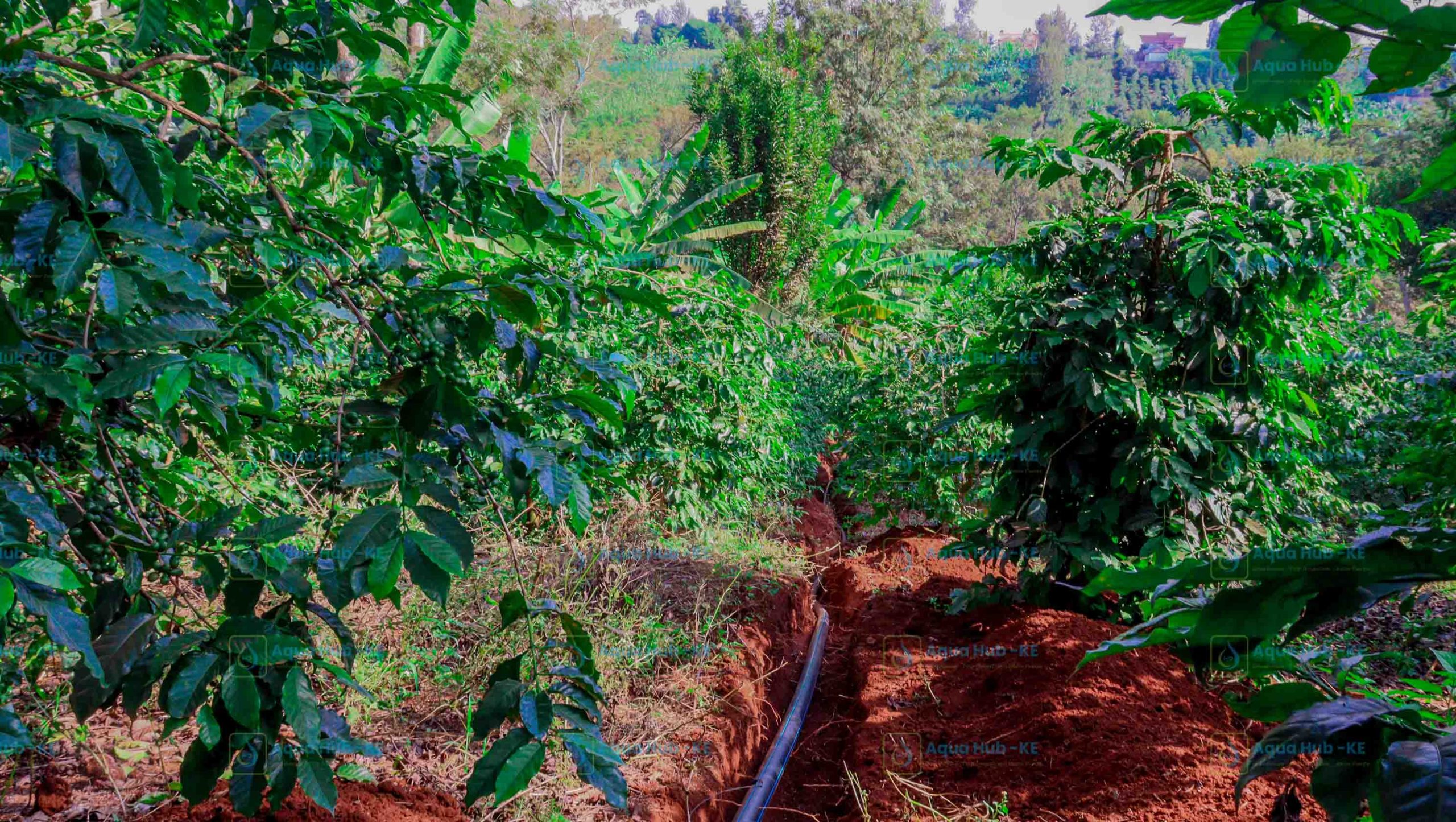The cost of a wooden greenhouse in Kenya can vary depending on several factors, such as the size of the greenhouse, the materials used for construction, and the complexity of the design. On average, the cost of a basic wooden greenhouse in Kenya can range from KES 165,000 to KES 390,000, with larger and more complex greenhouses costing more.
The structure of a wooden greenhouse typically consists of a wooden frame, which provides support and stability, and transparent materials, which allow light to enter and provide a controlled environment for growing plants. The greenhouse’s interior can be equipped with heating and cooling systems and irrigation systems to help regulate the temperature and provide water to the plants.
Wooden greenhouses offer several benefits to farmers and gardeners, including the ability to extend the growing season, the protection of plants from extreme weather conditions, and the ability to grow a wider variety of plants than would be possible in an outdoor environment. They are also relatively low-cost and easy to construct, making them a popular option for farmers and gardeners in Kenya and worldwide.
What is the cost of wooden greenhouses?
Depending on their size and quality, wooden greenhouses can cost anywhere between Ksh. 165,000 and Ksh. 390,000 in Kenya. In Kenya, the cost of a wooden greenhouse might vary depending on a number of factors. The greenhouse’s size, the building materials utilized, and the complexity of the design are among the factors.
| Greenhouse width | Greenhouse length | Number of crops | Cost of Construction | Installation period |
| 8 Meters | 15 Meters | 450- 500 | 165,000 | 2 – 3 Days |
| 8 Meters | 24 Meters | 700-800 | 180,000 | 3 – 4 Days |
| 8 Meters | 30 Meters | 1000-1200 | 240,000 | 4 – 6 Days |
| 8 Meters | 45 Meters | 1500- 2000 | 390,000 | 5 – 7 Days |
What are the components of a wooden greenhouse?
A wooden greenhouse typically consists of several key components, which include:
- Frame: The frame is the backbone of the greenhouse and provides support and stability to the structure. The frame is usually made of wood but can also be made of metal or other materials.
- Covering: The covering is the material that provides a controlled environment for growing plants. The covering is typically made of glass or clear plastic material, such as polycarbonate, and is attached to the frame to form the walls and roof of the greenhouse.
- Foundation: The foundation provides a solid base for the greenhouse and helps to anchor the structure to the ground. The foundation can be made of concrete, brick, or other materials and is typically built below the frost line to prevent movement during extreme weather conditions.
- Doors and windows: Doors and windows provide access to the interior of the greenhouse and allow for ventilation and temperature control. The size and placement of doors and windows will depend on the specific design of the greenhouse.
- Irrigation system: An irrigation system is used to provide water to the plants in the greenhouse. The system can consist of hoses, drip irrigation lines, or sprinklers and is designed to provide water to the plants in a controlled and efficient manner.
These are the key components of a typical wooden greenhouse. The specific components included in a greenhouse will depend on the size and design of the greenhouse, as well as the farmer’s specific needs.
How do you protect a wooden greenhouse?
There are several ways to protect a wooden greenhouse:
- Preserve the wood: Applying a sealant or preservative to the wood can help protect it from moisture and decay. This should be done at least once a year to ensure maximum protection.
- Ventilation: Proper ventilation is essential to prevent the buildup of moisture inside the greenhouse. Ensure that there are adequate vents and that they are kept open when the weather permits.
- Repair any damage promptly: If the greenhouse is damaged, it is important to repair it as soon as possible to prevent further damage.
- Roofing: Make sure the roof of the greenhouse is well-insulated and water-tight. This can help to prevent water damage to the wood.
- Avoid overcrowding: Avoid overcrowding the greenhouse with too many plants. This can create excess humidity and make it more difficult to maintain proper ventilation.
- Pest control: Regularly check for pests and take action to eliminate them as soon as possible. Some pests, such as termites, can cause significant damage to the wood in a short period of time.
By taking these steps, you can help ensure that your wooden greenhouse remains in good condition for many years.
How long does a wooden greenhouse last?
The lifespan of a wooden greenhouse depends on several factors, including the quality of the materials used, the type of wood, proper maintenance and protection, and exposure to the elements.
On average, a well-built, well-maintained wooden greenhouse can last anywhere from 10 to 20 years. However, some wooden greenhouses can last even longer, with proper care, up to 30 years or more.
It’s important to note that factors such as weather conditions, exposure to the elements, and pest damage can shorten the lifespan of a wooden greenhouse. Regular maintenance and protection, such as applying sealant or preservative to the wood and making necessary repairs, can help extend the life of a wooden greenhouse.




